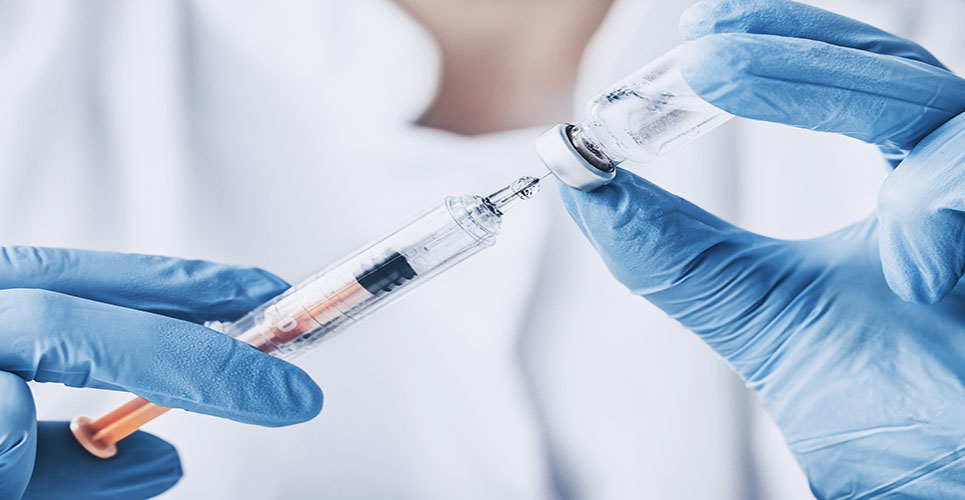teaser
Vaccination against measles using a two-dose schedule provides protective levels of antibodies for at least ten years, even in the absence of boosting from exposure to wild-type disease, according to a long-term study from the US Centers for Disease Control and Prevention (CDC).
Measles vaccination is highly effective in reducing infections where a two-dose schedule is used. It has been suggested that protection offered by vaccination is life-long, but this is based on data from times when the wild-type virus was still circulating and thus boosting immunity. There is limited evidence on the persistence of immunity where the natural disease has been eliminated.
The USA declared measles eliminated in 2000 as a result of a two-dose vaccination policy: to address the issue of the duration of protection, the CDC had initiated a longitudinal prospective study in 1994 that examined the persistence of immunity and compare two different regimens (second dose at age 4–6 or at age 10–12). It was carried out in a rural area of the US with a stable population and a low incidence of reported measles at baseline. The sample population included children receiving the second vaccine dose at age 4–6 and at ages 10–12; serum samples were taken before the second vaccination and periodically over ten years for the younger age group and five for the older. Primary outcome was serum level of measles antibody, with levels <8mIU/ml considered seronegative and <=120mIU/ml as low and potentially susceptible.
Over the study period, no measles was reported in the study area. The cohort included 621 children at enrolment, reducing by voluntary attrition to 364 (58.6%) by study end. Before the second dose, 3.1% had low titres, with most of these being seronegative. Those having the second dose at age 4–6 were less likely to have low titres. One month after the second dose, none was seronegative and only one (0.2%) had a low titre. At the end of the study period (i.e. all aged around 15), antibody levels were similar across all the children; at this point, only 4.9% had low titres and none was seronegative. Projections of declining levels suggested that around 33% would reach low levels by 20 years from the second dose; however, the predictions suggested that 1% seronegativity would not be reached until around 30 years from the second dose. From the results, the authors conclude that antibody levels persist for at least ten years after a second dose of measles vaccine. They suggest, however, that the predicted decline in antibody levels does indicate a need to monitor the population although low antibody levels are not expected to confer the same risk of illness or transmission as absent antibodies.
Arch Pediatr Adolesc Med 2007;161:294-301

